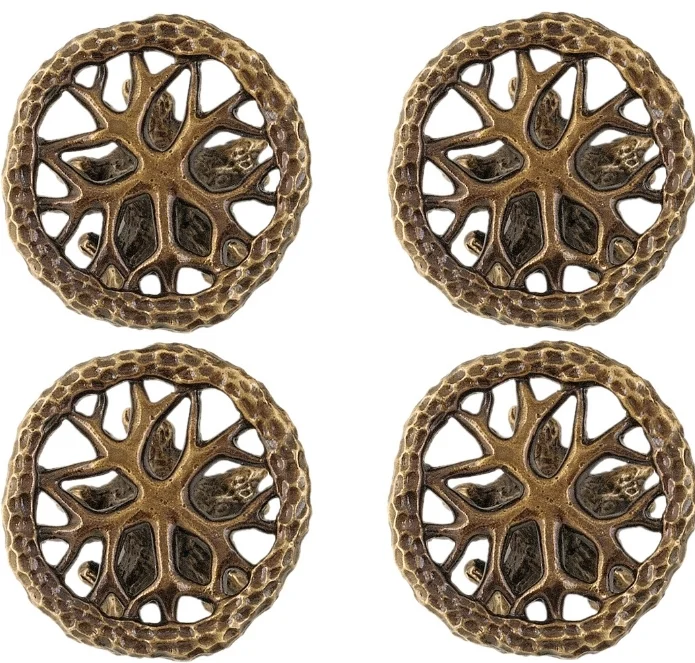We have just had the pleasurable task of helping a very thoughtful parent select suitable cabinet handles for his children’s game closet. The cabinet was fronted by 2 outward opening large doors behind which were 6 sets of smaller double doors housing a variety of games.
What I found especially pleasing was the way an eclectic but related theme of handles was chosen with each child receiving his/her pair of handles. The cabinet pulls were chosen from our animal inspired collection and were all finished in a soft light antique oil rubbed finish.
The result was a very artful collection of pieces reminiscent of the specimen cases of 19th century entomologists.
Two larger Polynesian inspired pulls were chosen for the main cabinet doors, the pulls are very thought provoking as the design is a fusion of bird, vine stem and even human features all of which flow together to create an abstract mythical piece. Cast in solid bronze, the pull is affixed top and bottom with 2 substantial 1 1/4” tall 5/8” diameter threaded posts which provide good clearance from the front of the cabinet making it an easy piece to grip.
While the pieces chosen should make for some engaging conversations, they were not designed for any specific audience but rather reflect Martin Pierce’s fascination with animals and insects.
The piece shown below is one that Martin did design for children and one that he had immense fun making although the Bombay shape and the characters portrayed in the parade challenged his skills both as a wood carver and storyteller.







